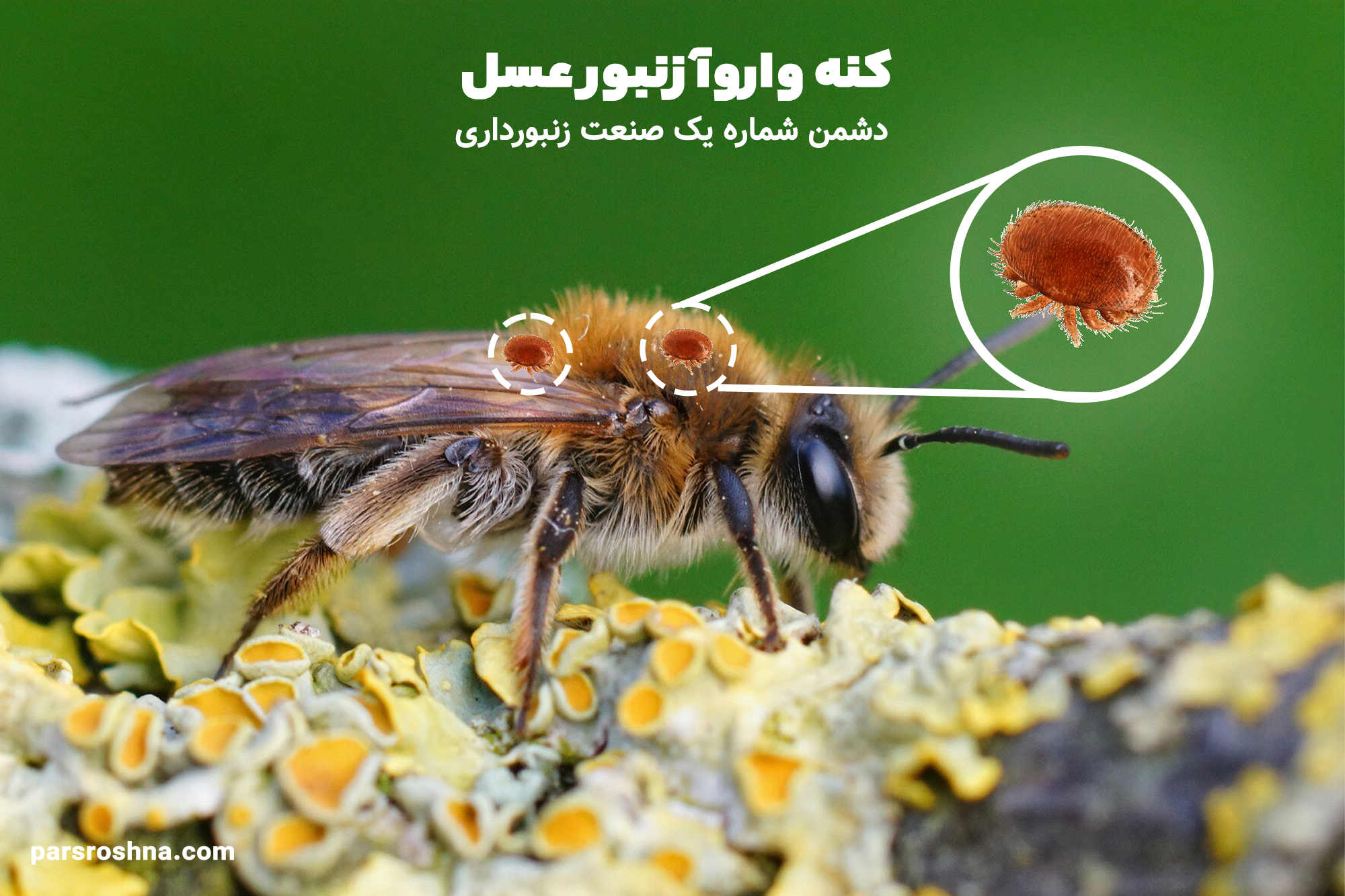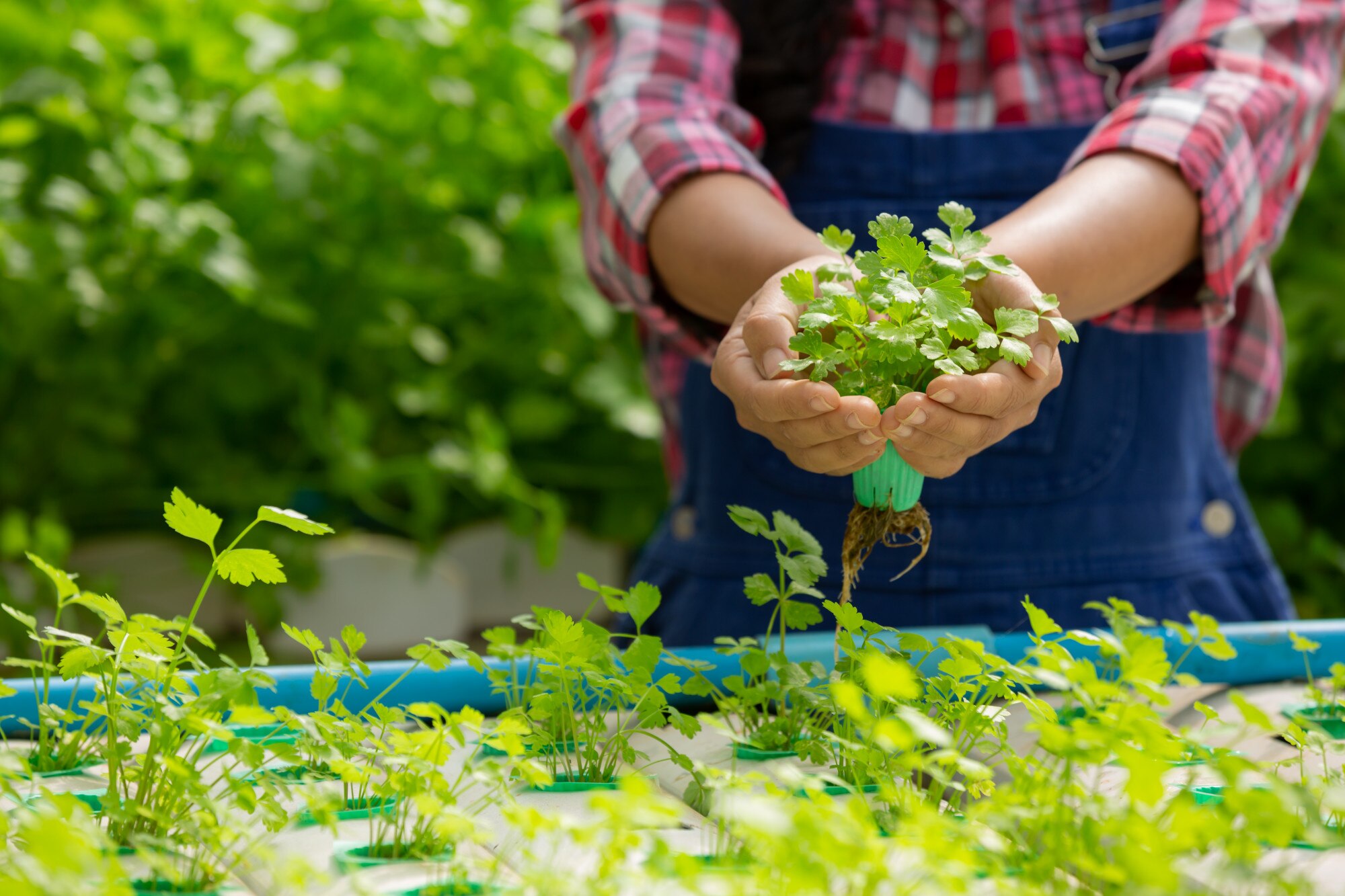Introduction: Vertical farming as a new solution in agricultural development
In recent decades, with the diverse climate changes and the increasing need for sustainable agricultural production, the need for new approaches in this field has been felt. The present article examines and introduces one of the new solutions, namely vertical farming, as a response that can solve current challenges. This introduction begins with a precise definition of the problem and the importance of the need for new solutions in agriculture, and then introduces the generalities of vertical farming as an effective model for transformation in this field.
Problem Definition: With environmental changes and the increase in the world population, the need to increase the production of agricultural products in a sustainable and high-efficiency manner has become essential. Traditional agricultural methods have encountered serious problems in the face of the challenges of water, space, and natural resources. This situation requires new and innovative approaches in agriculture.
Introduction to vertical farming: Vertical farming has been considered as a new paradigm in agricultural production due to its spatial, water, and environmental advantages. In this paradigm, crops are grown in layers in vertical space, which helps improve productivity and reduce resource consumption.
This introduction is just an example, and you can complete your article by continuing the text and adding more details and information.
The concept of vertical farming: developments and advanced technologies
In recent decades, vertical farming has become increasingly prominent as a new and advanced solution in agricultural production. This new approach not only helps to cope with the spatial constraints of cities and densely populated areas, but also preserves the environment by making resources such as water and energy more efficient. In this section, we will examine the concept of vertical farming in detail and comprehensively, from how to produce products in vertical dimensions to introducing various technologies, including hydroponics and aeroponics, which play a very important role in this new solution.
This introduction aims to explore the basic principles of vertical farming and the role of advanced technologies in this field, providing the reader with a comprehensive and informative view of the strategies and benefits of this unique approach.
Read about rainfed agriculture.
Detailed explanation of how products are produced in a vertical space:
- Explanation of methods of cultivating crops in vertical and horizontal dimensions
- The role of architecture and the structure of these systems in optimizing space utilization
- Using different levels to plant crops and increase productivity
Vertical farming is a new approach that, using advanced technologies and modern designs, has brought new opportunities for optimizing cultivation and productivity. In these systems, farmers use two main approaches to produce crops in vertical and horizontal dimensions.
In the vertical approach, crops are grown in layers above each other. This type of planting usually uses hydroponic or aeroponic systems, where crops are grown in a liquid or air environment. In addition to saving space, this approach allows farmers to more precisely control and optimize the needs of the plants.
On the other hand, the horizontal approach does not limit the production location of products on different levels to a certain height and makes the best use of horizontal space. This approach is especially used in agricultural systems using open space or greenhouses.
The role of architecture and the structure of vertical farming systems in optimizing space utilization is very crucial. Proper design of these systems reduces space waste and increases resource efficiency. Architects and engineers specializing in this field, considering the specific needs of plants and using artificial intelligence technologies, offer innovative structures that, in addition to increasing productivity, also attract attention in terms of aesthetics.
Using different surfaces for growing crops also plays an important role in the productivity of these systems. By taking into account the different needs of plants for light, water, and nutrient solutions, farmers can create the best conditions for each layer and, as a result, achieve high-quality crop production. This surface diversity also increases the resistance of plants to different environmental conditions.
As a result, this explanation introduces the reader to the precise and advanced process of manufacturing products in vertical space, emphasizing the importance of choosing the right approaches, designing smart architecture, and optimizing different levels.
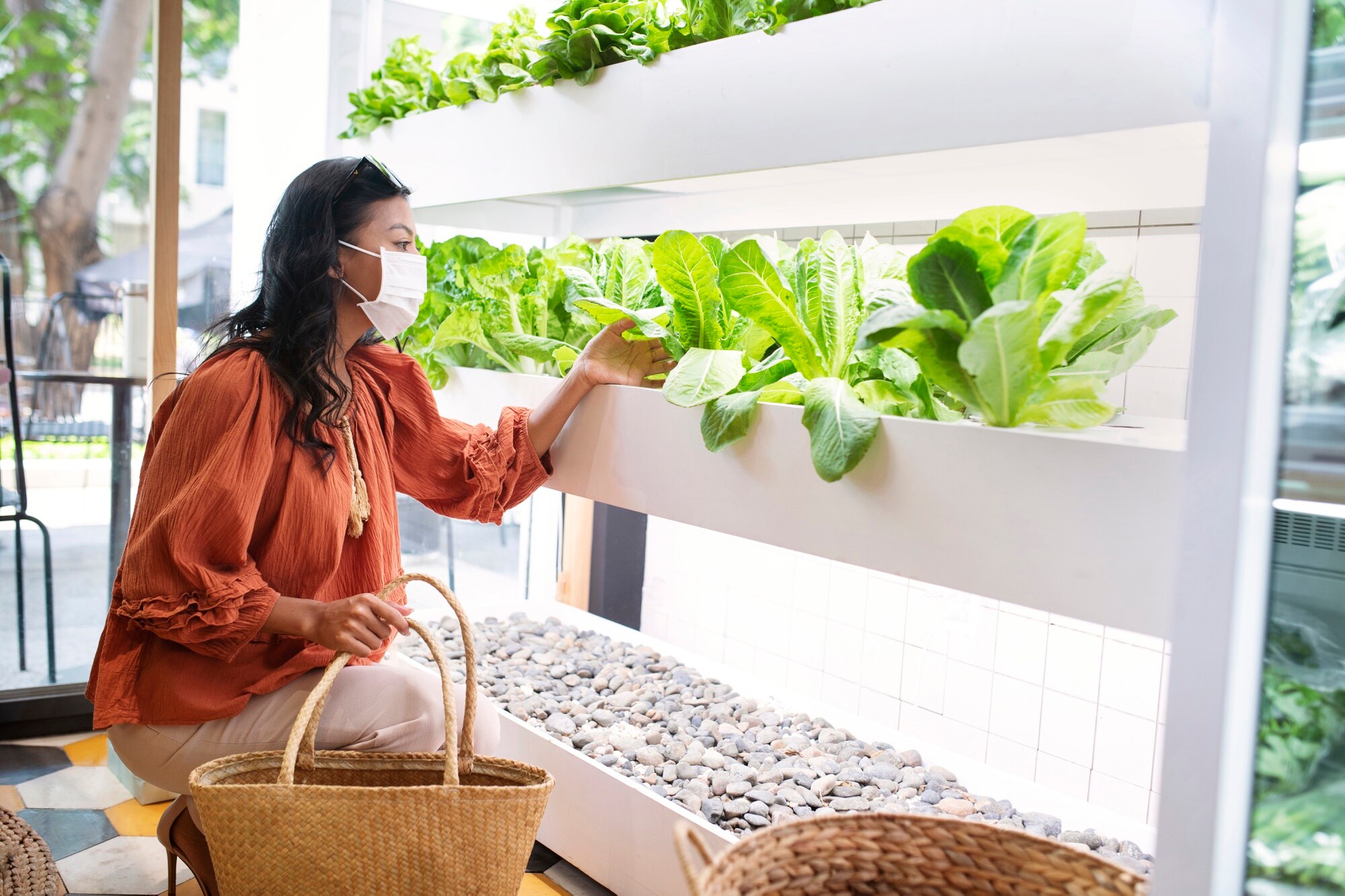
Introducing different vertical greenhouse technologies:
Hydroponics: Soilless cultivation in vertical walls
How to grow using soil-free nutrient solutions: Hydroponics is an advanced agricultural method in which plants are grown without soil, on walls or vertical surfaces using nutrient solutions. In this system, the roots of the plants are placed directly in a solution rich in dissolved nutrients. In addition to providing the nutrients required by the plants, this nutrient solution also provides some stimulating factors, such as oxygen. This system allows the plants to use nutrients in the best possible way and continue their growth optimally.
Advantages and disadvantages of hydroponics in vertical farming:
Advantages:
- High productivity: Hydroponics has very high productivity due to the direct use of nutrient solution and eliminating the need for soil.
- Fast growth: Plants in hydroponics grow faster due to access to nutrients, and the time to produce products is reduced.
- Low water consumption: In this method, the nutrient solution is recycled, and water consumption is greatly reduced, which saves water resources.
- Precise control of the growing environment: Hydroponics allows for more precise control of environmental variables such as pH and EC (electrical conductivity).
Shortcomings:
- Installation and maintenance costs: Hydroponic systems require complex equipment that may be expensive to install and maintain for novice farmers.
- Susceptibility to disruptions: Hydroponics is more susceptible to disruptions such as power outages or problems with the irrigation system, which may lead to problems with plant growth.
- Dependence on technology: Some farmers may need more technical knowledge and expertise to successfully implement this system due to their dependence on technology.
Overall, hydroponics is considered one of the modern methods of vertical farming with its own advantages and challenges, which can be effective in improving productivity and production of agricultural products.
At Pars Roshana, we have a complete article on hydroponic farming that answers all your questions.
Aeroponics: Cultivation using nutrient solutions in tiny droplets in the air.
Description of how to grow in air using nutrient solutions in fine droplets: Aeroponics is an advanced vertical farming method in which plants are grown in air, instead of soil, using nutrient solutions in fine droplets. In this system, the roots of the plants are suspended in the air and are nourished by droplets of nutrient solution injected into them from automated aeroponic systems. This method makes it possible to provide all the nutrients the plants need and allows the plants to grow in the best possible way.
The effect of optimal ventilation on plant growth and improved performance:
One of the important features of aeroponics is the very positive effect of optimal ventilation on the growth and improvement of plant performance. In this system, the roots of the plants are constantly in contact with air, which leads to increased oxygenation of the roots. This optimal ventilation increases the activity of beneficial microbes in the nutrient solution, which facilitates improved absorption of nutrients by the plants.
Additionally, proper ventilation reduces the risk of plant problems such as root rot, fungi, and plant diseases. Aerobic roots in aeroponics are placed without direct contact with the soil, which reduces the risk of contamination and disease.
In general, aeroponics has a positive effect on the growth, development, and performance of plants in vertical farming by providing an optimal nutrient solution environment and optimal ventilation. This new method, by reducing water consumption and increasing productivity, has been considered as one of the sustainable and effective solutions in agricultural production.
Vertical hydroponic cultivation: A new experience in agricultural production
Introduction to vertical hydroponic systems and their benefits in growing crops:
As an advanced innovation in agriculture, vertical hydroponic cultivation has gradually become one of the essential solutions for producing crops in limited space. In this system, plants are grown in vertical layers on top of each other and benefit from the advantages of hydroponics, namely soil-free growth and optimal water consumption. Vertical hydroponic systems, especially in urban environments with limited space and different heights, allow farmers to produce their crops in the best possible way by taking advantage of this modern technology.
Types of structures and irrigation systems in vertical farming:
- Hydroponic Perimeter System: In this system, plants are placed on a vertical surface, and nutrient solutions are fed from the top down to the roots of the plants. This system allows farmers to work directly on each layer of crops.
- Vertical Hydroponic Grid System: This system is similar to the basic hydroponic grid system, except that the plants are placed on vertical grids. These grids provide nutrient solutions to the plants and allow air and light to easily penetrate through the different layers of the plants.
- Aeroponics: In this system, nutrient solutions are sprayed onto the roots of plants in the form of tiny droplets from air sprays. This process creates optimal ventilation for plant growth and ensures improved performance.
Advantages:
- Space Saving: Vertical hydroponic planting allows farmers to make the best use of their limited space and produce a greater number of crops in a given unit of space.
- Precise control of the growing environment: Vertical hydroponic systems allow farmers to more precisely control environmental parameters such as light intensity, temperature, and humidity.
- Increased productivity: By growing plants in vertical layers, vertical hydroponics allows for increased productivity and the production of high-quality products.
As a dynamic solution in vertical farming, vertical hydroponics is introduced as an effective and sustainable option in producing agricultural products in limited space, considering the advantages and different types of systems.
Using LED lights: transferring power to vertical farming
Explaining how to use LED lights to facilitate vertical farming:
The use of LED lights as a light source in vertical farming is one of the major innovations in the field of agriculture. With the ability to adjust the wavelength, intensity of light, and even induce specific light patterns, LED lights allow farmers to simulate the plant growth environment in the best possible way. In vertical farming, LED lights are precisely adjusted on different layers of plants, so that each part of the plant receives the amount of light it needs.
Positive effects on plant growth and yield:
- Increased photosynthetic activity: LED lights, with their ability to provide optimal light for plant photosynthesis, help improve photosynthetic activity and consequently increase plant energy and nutrient production.
- Precise photoperiod control: The ability to adjust the timing of plant exposure using LED lights enables farmers to optimize plant growth and development based on specific time needs.
- Reduced energy consumption: LED lights reduce energy consumption by converting energy into highly efficient light, allowing farmers to achieve higher productivity at a lower cost.
- Positive impact on increasing production: By using LED lights in vertical farming, crop production increases in a smaller space unit, and farmers can produce diverse and high-quality products according to market needs.
This section of the article, enhanced with more information, practical examples, and case studies, familiarizes the reader with the importance and positive effects of using LED lights in vertical farming.
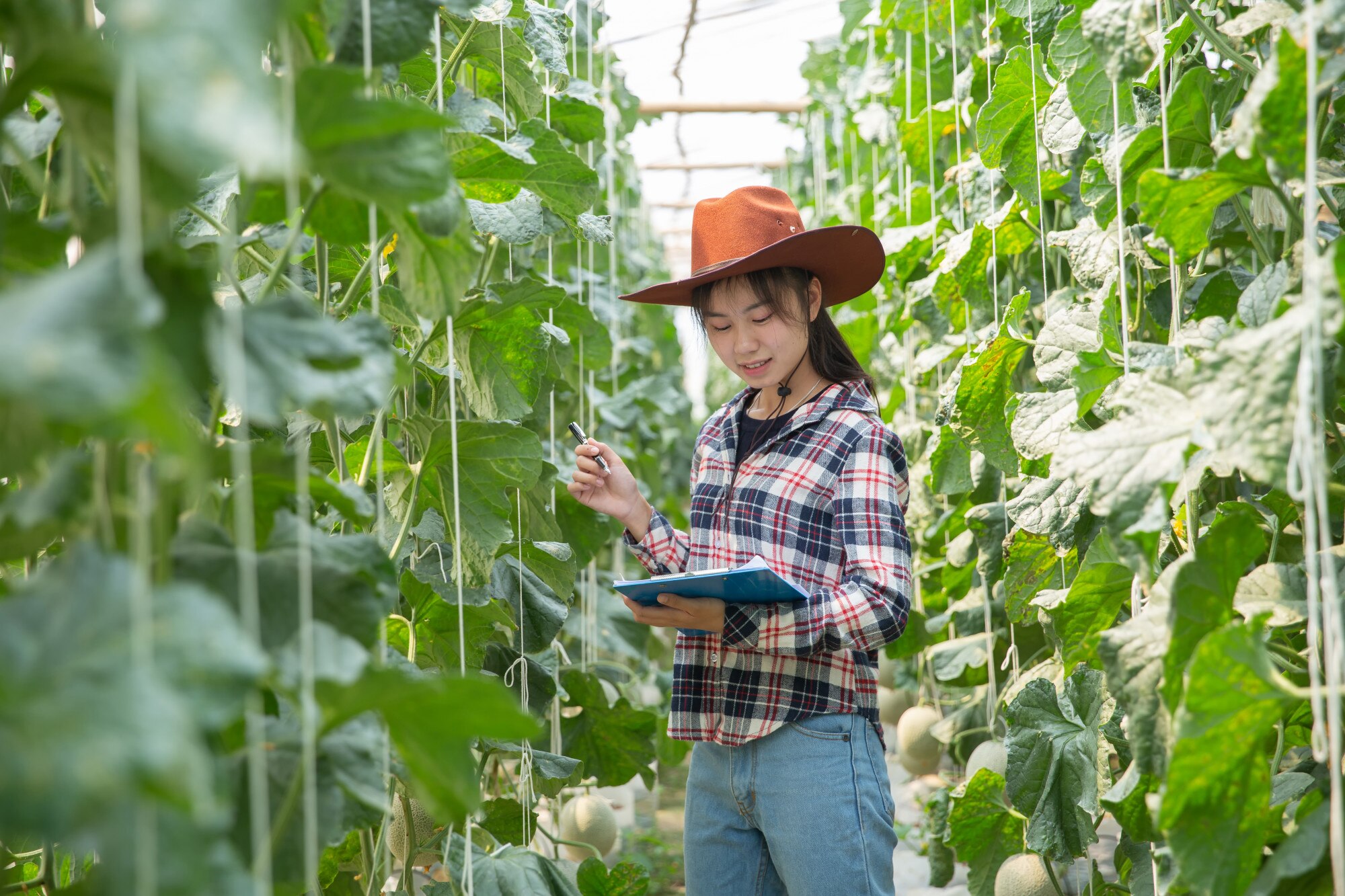
Benefits of Vertical Farming: Harnessing New Technology for the Future of Agriculture
Optimal use of space and increased productivity:
Vertical farming, as an innovative approach, allows for optimal use of space. In these systems, plants are grown vertically in different layers, which allows farmers to produce more crops in a given space. This spatial optimization leads to increased macro-efficiency in agricultural production.
Saving water and protecting the environment:
One of the major benefits of vertical farming is the reduction in water consumption. By using hydroponic and aeroponic systems, water is precisely supplied to the plants, and water waste is minimized. In addition to reducing irrigation costs, this helps conserve water resources and protect the environment.
Better management of climate change and weather:
Vertical farming allows for better management of climate change and weather conditions due to the use of advanced environmental control systems. This allows farmers to precisely control light, temperature, and humidity conditions and reduce the damaging effects of these changes.
Reducing dependence on soil and improving product quality:
The use of hydroponic and aeroponic systems in vertical farming leads to a reduction in dependence on soil. In addition to preventing soil contamination, this allows for improved product quality by more precisely regulating the nutrients in nutrient solutions.
Overall, vertical farming is a new approach to agriculture that is leading the way towards the future of agriculture by creating economic and environmental benefits. The use of new technologies such as LED lights to facilitate vertical cultivation and increase plant productivity makes these benefits even more apparent.
How to Implement Vertical Farming: Combining Hydroponics and New Technology
Using hydroponic and aeroponic systems:
Vertical farming, using hydroponic and aeroponic systems, allows for the production of crops without the need for soil. In a hydroponic system, plants grow in nutrient solutions containing the nutrients they need. While in an aeroponic system, the roots of the plants are suspended in the air and are nourished by spraying nutrient solutions. These two systems allow for greater space efficiency and more precise control of environmental conditions, which leads to increased production and quality of products.
The role of IoT technology in vertical farming:
Internet of Things (IoT) technology plays a crucial role in improving vertical farming. Using sensors and smart devices, information on things like humidity, temperature, light, and water usage is collected in real time. This information allows farmers to better control environmental conditions and make better decisions about irrigation, lighting, and crop management. This technology allows farmers to easily monitor the environmental status and quality of their crops even when they are away from the farm.
Advances in plant genetics and their impact on crop improvement:
Advances in plant genetics are playing a major role in improving vertical farming crops. Using new genetic techniques, plants can be bred to have the best traits, such as disease resistance, greater light efficiency, and better adaptation to environmental conditions. These advances allow farmers to produce higher-quality, more resilient crops and increase productivity in vertical farming.
By combining the use of hydroponic and aeroponic systems, IoT technology, and advances in plant genetics, vertical farming is becoming a dynamic and advanced approach to agricultural production that increases productivity and improves product quality.
Case Study: “Sky Greens” Vertical Farming Project in Singapore
Project Introduction: The “Sky Greens” project is one of the world’s pioneers in vertical farming, implemented in Singapore. The project began operating in 2012 and uses a vertical hydroponic system to produce its products.
Features of the “Sky Greens” vertical farming project:
- Vertical Hydroponic System: Sky Greens uses a vertical hydroponic system called “A-Go-Gro.” In this system, transparent greenhouse columns equipped with an automatic irrigation system are mounted on a vertical frame, and the plants in these columns grow directly in dissolved nutrient solutions.
- Use of renewable energy: Sky Greens uses wind and solar energy to meet its energy needs. This approach has contributed to environmental sustainability and reduced energy costs.
Results and experiences of the “Sky Greens” vertical farming project
- Increased Productivity: The use of a vertical hydroponic system has allowed Sky Greens to increase productivity in crop production. This system allows farmers to produce their crops continuously throughout the year.
- Reduced water consumption: By using a hydroponic system and precise control of water consumption, Sky Greens has drastically reduced water consumption and contributed to the efficiency of water resources.
- Positive impact on the environment: This project has helped preserve the environment and reduce negative impacts on land and water by using renewable energy and vertical farming systems.
The Sky Greens project is a successful example of vertical farming that demonstrates how this innovative approach can contribute to greater productivity, better resource management, and environmental protection.
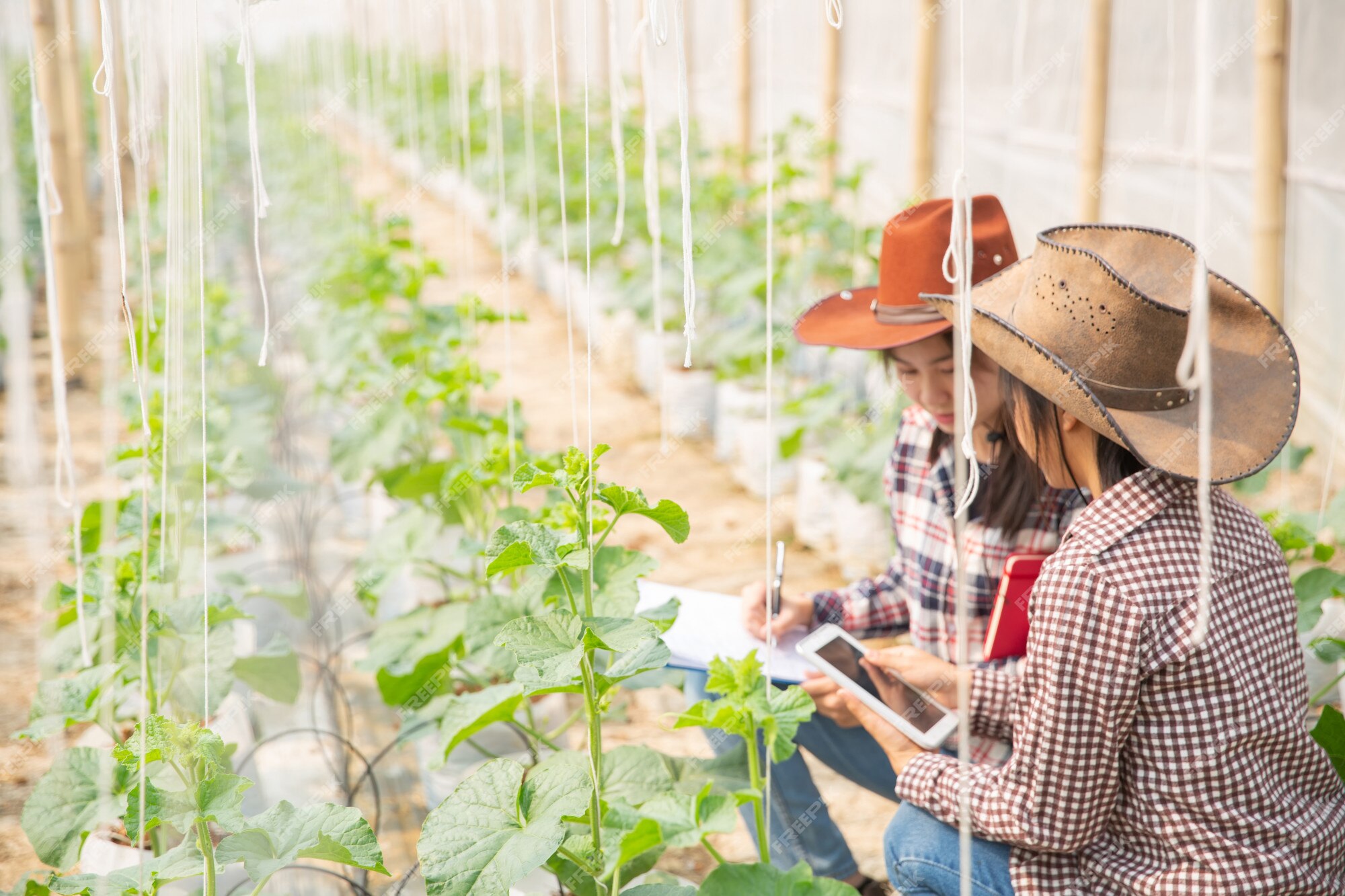
Future challenges and developments in vertical farming
Technical and economic challenges: Technical issues:
One of the main challenges of vertical farming is the technical issues associated with hydroponic and aeroponic systems. The need for further research and development to optimize these systems and solve technical problems will be one of the strengths of vertical farming in the future.
Installation and maintenance costs: The cost of installing and maintaining vertical farming systems is also an economic challenge. Further research is needed to explore and implement solutions to reduce costs and increase the profitability of these systems.
Increasing adoption and widespread implementation: Awareness and education:
One of the major challenges in the widespread adoption of vertical farming is the lack of awareness among farmers and the community. Conducting training courses and increasing awareness about the benefits and technologies associated with this approach can increase its adoption.
Policy and incentives: Financial incentives, financial facilities, and supportive policies can encourage farmers to use vertical farming. Developing effective policies and creating financial incentives as a complement to economic software facilities will be important.
Suggestions for future research and advancement in this area:
Plant Genetics Research: Plant genetics research can help create plants that are suitable for vertical farming conditions and have high yields. This research will help improve the quality of products and increase the diversity of products.
Development of artificial intelligence (AI) and Internet of Things (IoT) systems: With the help of these technologies, vertical farming systems can be improved and provide farmers with more accurate information on plant growth, water consumption, and environmental needs.
Research on energy consumption: Improving energy consumption methods in vertical farming systems can help reduce costs and minimize negative impacts on the environment.
Further research in these areas can help advance and develop vertical farming and make this innovative approach a sustainable and economical option in agriculture.
Conclusion: The path to sustainable and effective vertical farming
At the end of this article, we can conclude that vertical farming, as a new approach to agricultural production, with outstanding features and many capabilities, has become an aspect of modern agricultural life.
The most important results of vertical farming:
- High productivity: Vertical farming allows for optimal use of space and resources, which leads to increased quality and quantity of products.
- Reduce water consumption: By using hydroponic and aeroponic systems, vertical farming helps to use water efficiently and reduce pollution of water resources.
- Resilience to environmental changes: Through IoT technology, vertical farming allows farmers to respond to environmental and climate changes in the best possible way.
Suggestions for future development:
- Further research in plant genetics: Continued research in plant genetics will allow farmers to produce plants with traits that are more resistant to specific environmental conditions.
- Expanding the use of IoT technology: The increased use of sensors and smart devices in vertical farming helps farmers to more accurately control environmental conditions and achieve greater productivity.
- Wider market adoption: Promote and raise awareness about the benefits of vertical farming to gain public support and expand the use of this approach on a large scale.
A Future Full of Sustainable Agriculture: With the advances made and continued efforts in the field of vertical farming, we can look forward to a future full of sustainable and effective agriculture. This innovative approach not only helps improve the living conditions of farmers and increase resource productivity, but also helps preserve the environment and optimally manage resources. With continued research, development of technologies, and widespread adoption of this approach, we can look forward to a practical guide towards a positive future for agriculture.
Read about pipe tobacco: an important element of world history and culture
Forward to Google’s website: Read more, get better results
Vertical farming-vertical cultivation
This “vertical” farm is the future of world agriculture (Iranian Times)
Vertical Farms and the Future of Twilight (Eastern Network)








